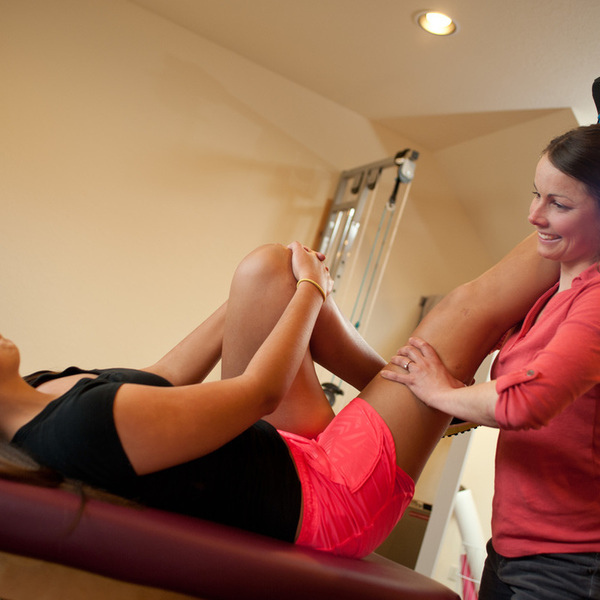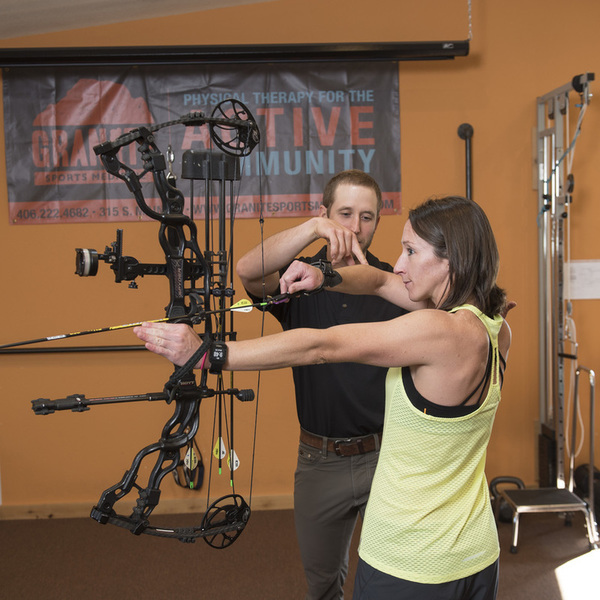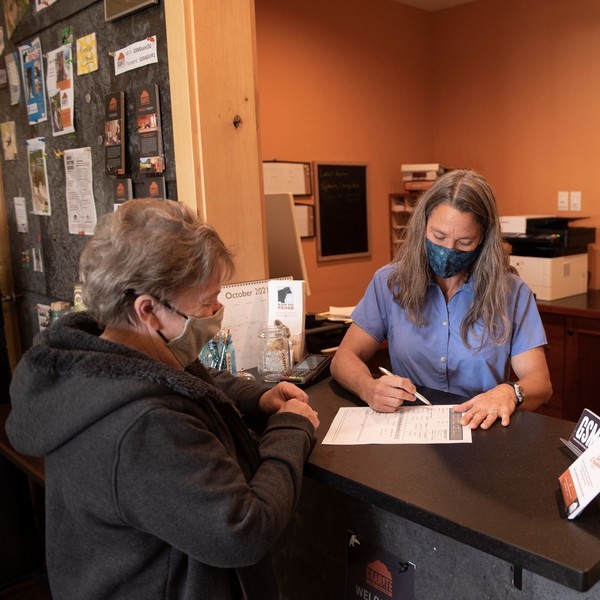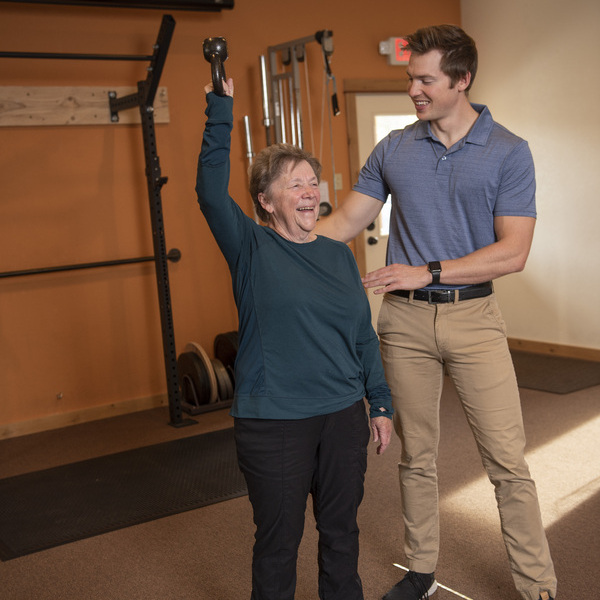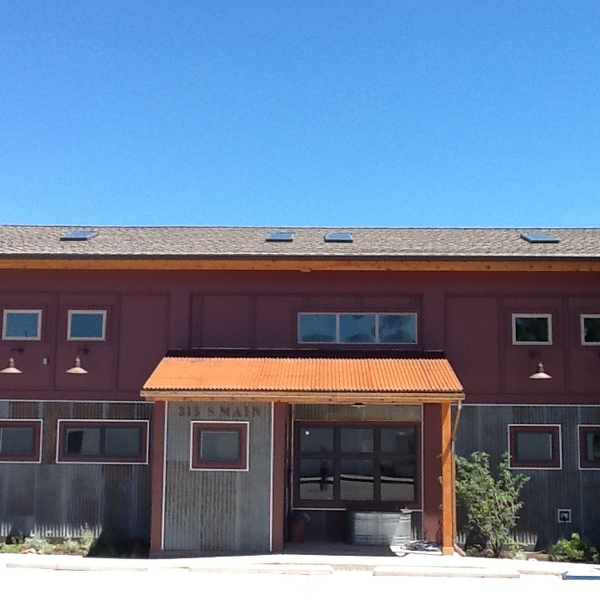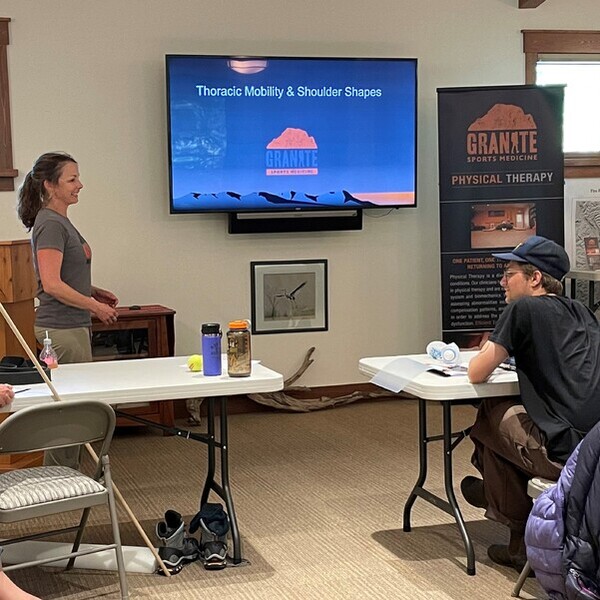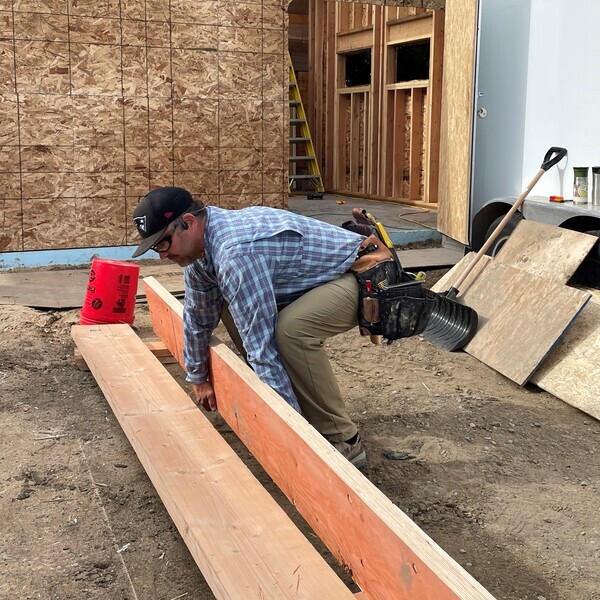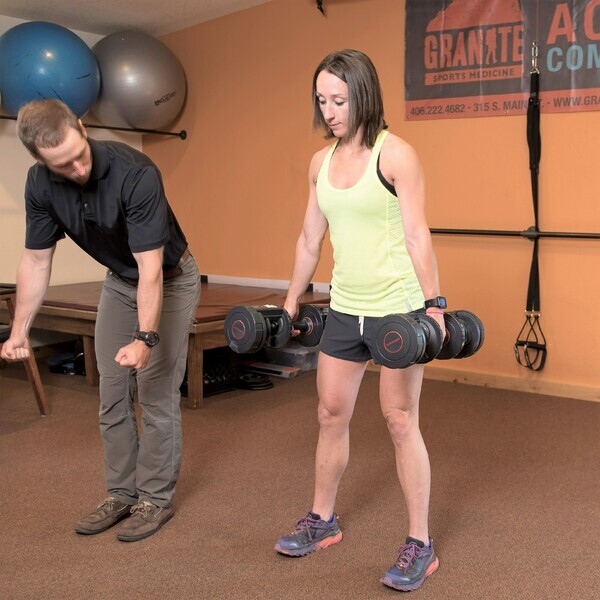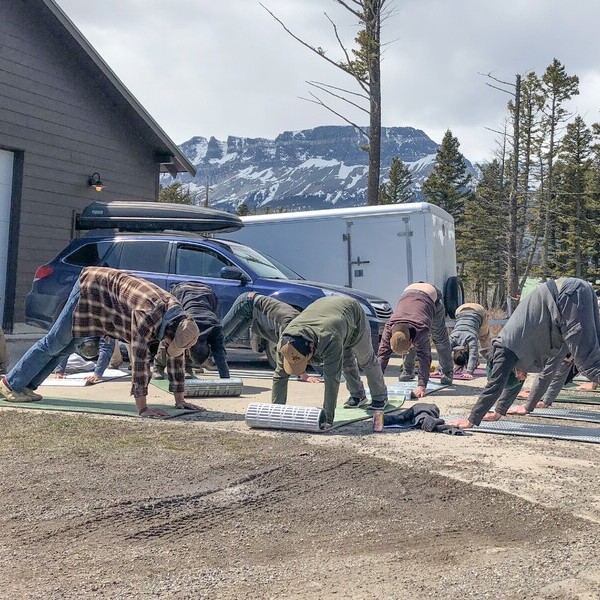This is frequently the question I get when I tell people what I do. They are first confused by pelvic health PT, then by pelvic dysfunction, and finally that a physical therapist could even help with any of this. Let’s start with defining pelvic health PT so we are all on the same page.
Pelvic health PT is treatment of the pelvic girdle which contains both core and movement muscles. We look at your posture, your breath patterns, your level of tension within your body and how this affects your pelvic floor (PF). Pelvic health PTs have extensive education on the group of muscles inside your pelvic bowl and how they affect your bowel, bladder, sexual function, and core stability.
Dysfunction can be a scary word for people. In a nutshell, it means that an organ or system is not working properly. When this is in conjunction with the pelvic floor muscles, it can lead to pain in the pelvis, hip, or low back with or without movement, pain with bowel and bladder emptying, or pain with sexual activity. Poor bladder or bowel control may result in symptoms like incontinence or constipation. It can also contribute to difficulty with sexual activities such as erectile dysfunction or difficulty climaxing during sexual activity. Because we are all individuals, we all experience these symptoms differently and therefore PF dysfunction can have varying impacts to our quality of life.
If any of these symptoms ring true to you or if you have been dealing with chronic low back or pelvic girdle pain without finding answers, seeing a pelvic floor specialist may bring a whole new set of tools to the table to improve your daily quality of life. Pelvic dysfunction can present in many ways but sharing your story with a pelvic health specialist and trying a new approach can be beneficial to get you back out doing the things you love with the people you love.
-Written by Dr. Alison Shannon-Lier
What Does Pelvic Floor Dysfunction Look Like?
Posted 28 April, 2022
 Call 406 222 4682
Call 406 222 4682 Text 406 222 4682
Text 406 222 4682 Get Directions
Get Directions Instagram
Instagram  You Tube
You Tube 
